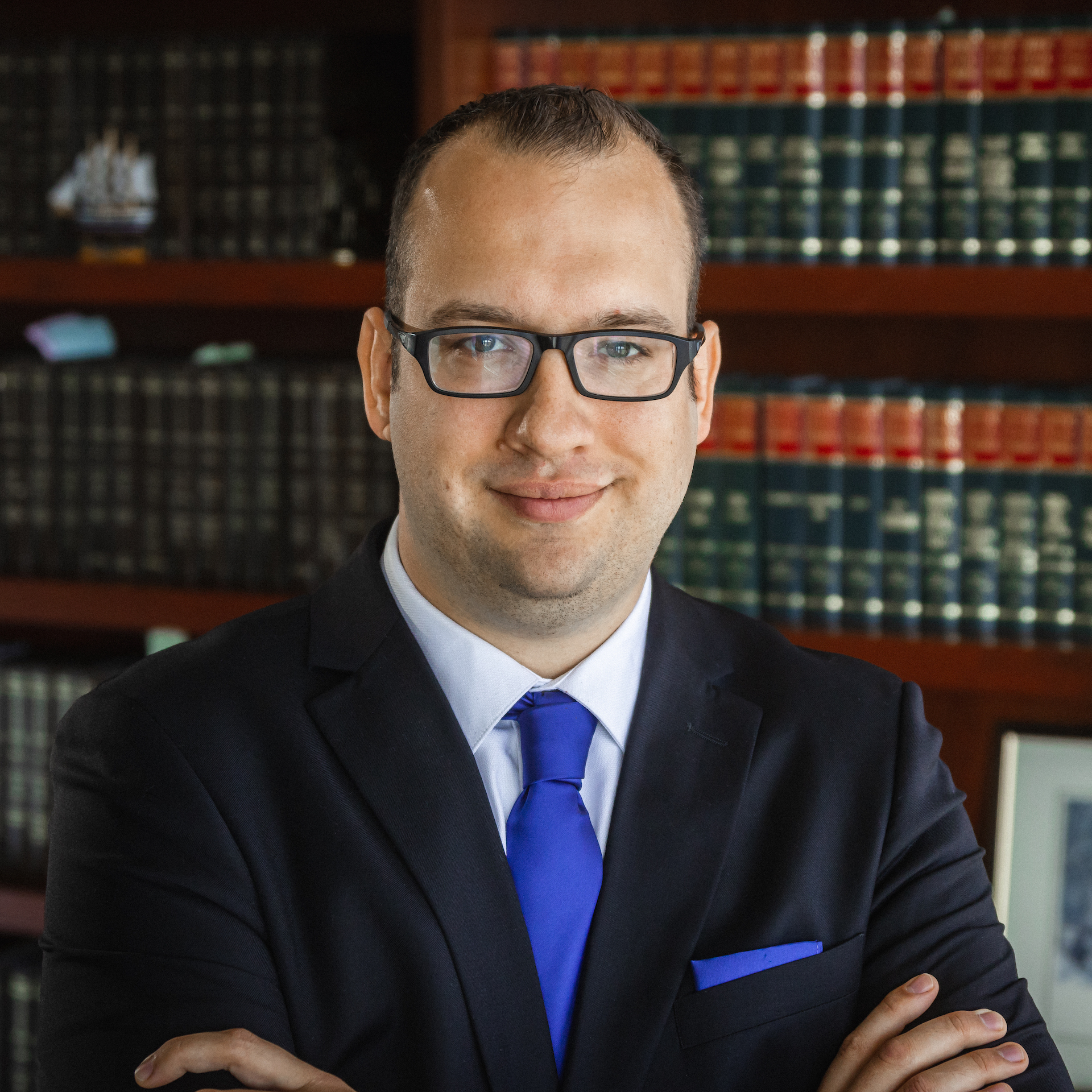Student loans have become one of the most widely held forms of debt in the United States, now standing at $1.2 trillion total. In most cases, student loans are not treated like other types of debt and can be more difficult, but not impossible, to discharge. Fortunately, recent court rulings have made the process of discharging student loans easier.
Before 1976, federal student loans were treated like most other forms of debt. However, US Bankruptcy Code (11 USC 101 et seq) placed restrictions on discharging government backed debt, which included federal student loans. Additional restrictions were placed on private student loans in 2005, when Congress amended the Bankruptcy Abuse Prevention and Consumer Protection Act of 2005.
What Does Undue Hardship Mean?
In 1987, the New York State Higher Education Services Corp. appealed an earlier court decision to discharge the student loans of Marie Brunner, a recent graduate of a master’s program. In Brunner v. New York State Higher Education Services Corp., the criteria for an undue hardship discharge was established.
To receive an undue hardship discharge, the debtor has to meet three criteria, a process known as the Brunner Test:
- The debtor and dependents must be unable to maintain a minimal standard of living if forced to repay the debts.
- The debtor’s circumstances must be unlikely to change during the repayment period of the loans.
- The debtor must have made a “good faith” effort to repay the loans.
While most courts use the Brunner Test to determine undue hardship, a recent court ruling has allowed debtors in some states, including Missouri, greater flexibility. In Conway v. National Collegiate Trust, the Eighth Circuit Court of Appeals overturned the previous decision of a bankruptcy court to deny recent graduate Chelsea Conway a discharge on her $118,000 in private student loans. Instead of using the Brunner Test, the court used a “totality of circumstances” test to assess Conway’s past, present and future ability to repay her loans, in addition to reasonable and necessary living expenses, and other facts relevant to her situation.
The Importance of Adversary Proceedings in Discharging Student Loans
To claim undue hardship, borrowers are required to initiate an adversary proceeding, a separate lawsuit within a bankruptcy case. Hedlund v. The Educational Resources Institution in the Ninth Circuit Court of Appeals can provide a good example of how adversary proceedings can help debtors.
Michael Hedlund, a graduate of Willamette School of Law, had $85,000 in student loan debt but was unable to find a job that allowed him to pay it back. Shortly after filing an adversary proceeding, Hedlund settled with one of his loan holders.
By filing an adversary proceeding, some loan guarantors may attempt to settle instead of risking the possibility of a full discharge of debts owed. This process can allow for a sizable reduction in the balances owed on student loans and can give bankruptcy attorneys considerable bargaining power.
It is our hope that we have been able to demonstrate student loans can be discharged or reduced in bankruptcy. The myth that student loans cannot be discharged or reduced may keep eligible individuals from contacting a bankruptcy attorney to explore available options.
 Book an
Book an Email
Email Directions
Directions







